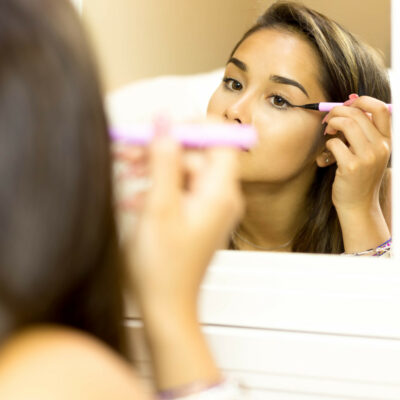
Diagnosis of an overactive bladder
Urinary leakage is more common than you would think; often, the person is acutely embarrassed to bring up the topic even with his or her doctor. That’s why an overactive bladder is often termed as a hidden condition. It should be pointed out that an overactive bladder can also arise due to sudden changes in your body, including your health and metabolism. It usually consists of frequent urination and you may even leak urine between the times you void your bladder. It should be mentioned that diabetes can cause you to urinate more often. Also, a tumor or growth in the urethra can irritate the bladder and cause one to go more often.
If you do urinate frequently and apart from this, you also leak urine, then you definitely need to consult your doctor right away. An overactive bladder could well be the symptom of something more serious.
Diagnosis
Your doctor would first subject you to a physical examination and would then discuss your medical history in detail. He or she may want to know about whether you or your immediate family has any history of diabetes, as this condition is known to cause similar symptoms to that of an overactive bladder. It can also be one of the symptoms of a neurological condition. Your doctor would recommend that you see a urologist at the earliest so that he or she may conduct a few tests, such as
- Urine analysis
The urologist would collect a sample from you and check the same to see if it contains an abnormal amount of white blood cells or bacteria as that can be an indication of a urinary infection. He or she may also look for the presence of blood or protein as that can indicate a kidney problem. Also if your urine sample contains glucose, it could indicate diabetes, at least in the early stages. - Post-void residual volume
Another test that the urologist may want to perform is to measure the amount of urine left in your bladder after you go. He or she may insert a catheter into the urethra, pass the same to your bladder, and collect as well as measure the urine that is left behind. But it would be better to opt for a painless procedure such as an ultrasound, which can effectively measure the urine that’s left behind without causing you any pain or discomfort. - Bladder stress test
Essentially, your doctor would want to know what happens when your bladder is full. He or she may ask you to consume more fluids and in the process, stress out your bladder and when it is full, to cough. An ultrasound image of your bladder under stress should make it clear as to what the problem is. - Cystoscopy
This test uses a light instrument called cystoscope to visualize the inside of your bladder and urethra.
With these tests, the urologist should be able to confirm the diagnosis and provide the appropriate treatment for it.


